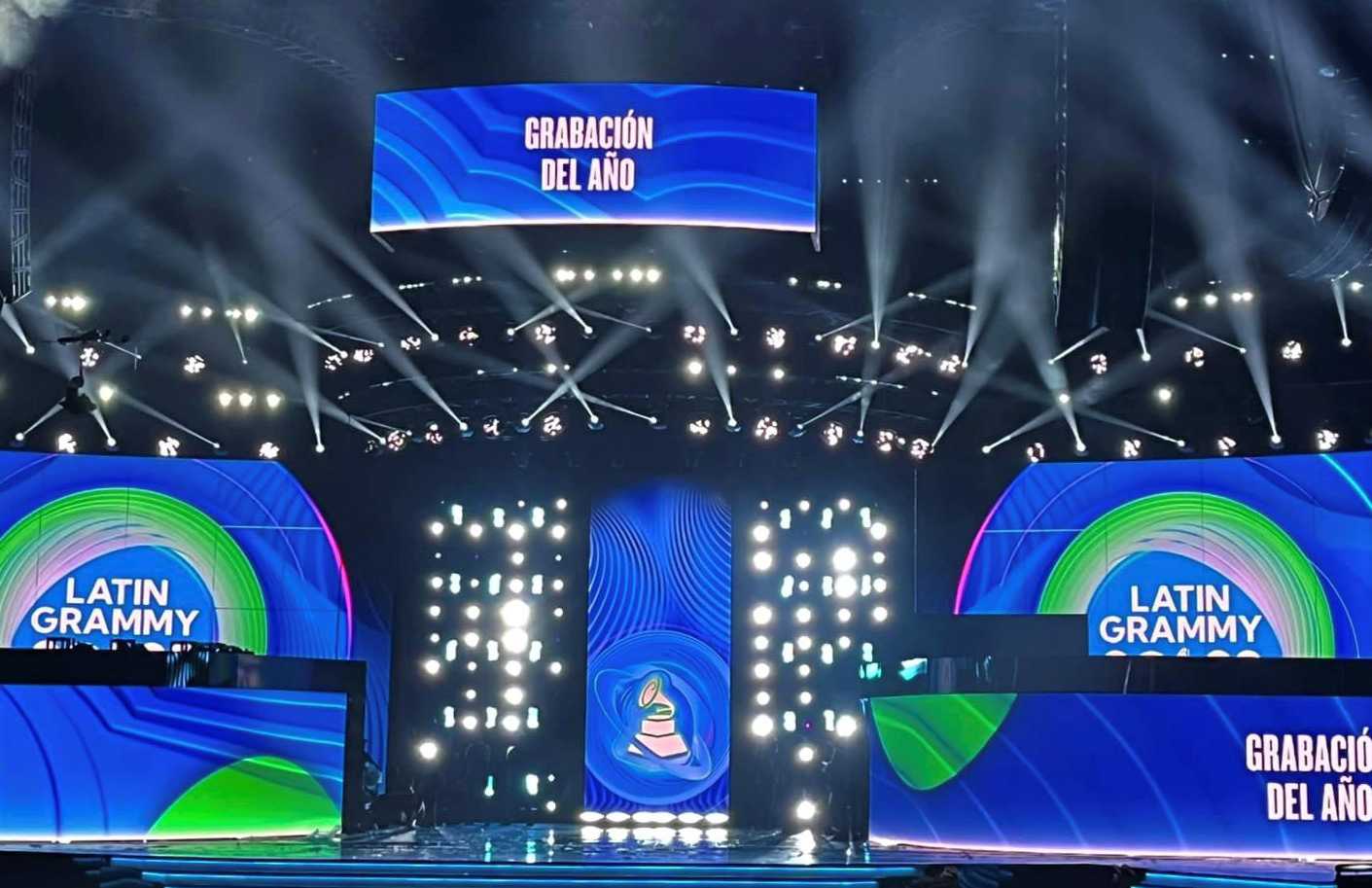Chauvet reflects diverse Latin Grammys in light
- Details

Regardless of the image it projected, each element of the diverse programme flourished for the live audience, as well as the millions watching on television, thanks to the collaborative efforts of Univision set designer Jorge Domingues, and lighting designer Tom Kenny.
“Jorge and I worked very closely together,” said Kenny. “On a show this large, there has to be a huge amount of collaboration. We filled and complimented one another’s work. I added lighting to all of the initial renderings, so we could create different moods and extend the scenic elements.”
Helping Kenny achieve this vision at The Latin Grammy Awards was an extensive collection of Chauvet Professional Maverick MK3 Wash fixtures, Color STRIKE M motorized strobes and COLORado PXL Bar 16 tilting battens in a rig supplied and installed by 4Wall Entertainment.
Drawing on the broad range of performance features in these fixtures, Kenny counted on his rig to fill a variety of roles in the show, which featured performers and honourees from 30 different nations. This versatility was especially important given the diversity of the artist and honourees on stage, who ranged from 15 to over 90 in age, and represented myriad musical genres.
While creating his broad mix of looks, Kenny always had to be careful to keep each one of them camera- friendly. “We filled space for every camera angle,” he said. “My live experience has taught me to be generous in terms of the looks we create, but minimal at the same time. This approach has worked for me in the TV world I try to create an overall vibe for the audience at venue and at home without being intrusive. Sometimes, inexperienced LDs in this environment forget that it’s not their show, and it’s not ultimately for the people in the room, it’s about television.”
To keep coverage and colour smooth and consistent on the set, Kenny relied on his rig’s 133 Maverick MK3 Wash fixtures. “They were the workhorse in this show,” he said of the RGBW fixture. “Because of their output, we can trim them very high while they continue to give us great scope. We can get a big wash light without blowing out the crowd. Another nice thing is that their power requirements are very minimal.
“We created moods with the Color STRIKE M, while at the same time relying on them to extend the set’s scenic elements,” he said. “I like their size and the big impact they create. Some of them in our rig were used to ring the main video screens, integrating those elements more closely into the set. Others were used at the entrances for wide shots.”
Adding form to the stage were the rig’s COLORado PXL Bar 16 fixtures. “We used them to create concentric lines and shapes that helped to define the stage with colour,” said Kenny. “They were also invaluable for lighting hard-to-get-to places, which helped give us a fuller stage for the TV camera.”
Collaborating closely with his scenic designer colleague, Domingues, made it easier for Kenny to position each lighting fixture in the optimal place on stage, so it could make best contribution possible to the final production. Smooth collaboration in this show wasn’t limited to two designers. Kenny also credits the success of his efforts to colleagues David Cortina, Mike Appel, Alex Flores, John Ellar, Mikey Smallman, Adam Haigin, Ivan Latino, Russ Keitel, Ronnie Scopac, Uli and Uji from Univision, Marcelo Gamma, and The House of Sam.
















